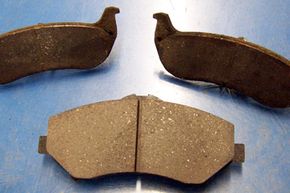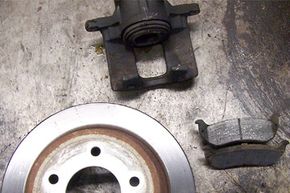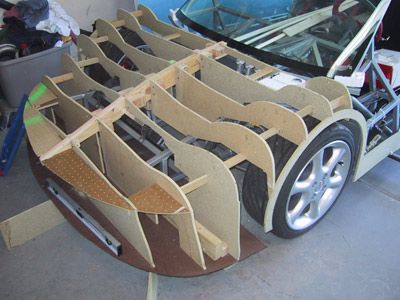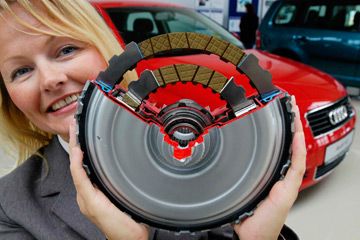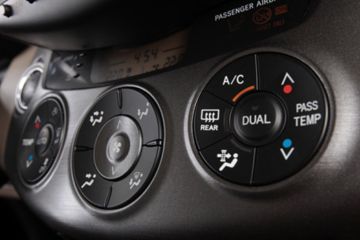The lifespan of a given set of brake pads is dependent on a very wide set of variables ranging from personal driving style to the impersonal laws of physics. Mechanics and manufacturers have a loosely agreed upon mileage range from around 30,000 to 70,000 miles (48,280 to 112,654 kilometers), but stories of pads lasting a mere 100 miles (160.9 kilometers) to an astounding 100,000 miles (160,934 kilometers) abound.
These far-ranging numbers are understandable. Pads come in an array of types and compositions -- from composite to metallic to ceramic -- and are attached to an even more bewildering array of brake systems and rotors, all of which affect the life of the pad. Added to the mix are heat, pressure and friction in amounts that would astound most drivers. Indeed the brakes, especially the pads, are some of the hardest working components in your car.
Advertisement
For the purpose of this article we'll deal solely with brake pads, meaning the pads used in caliper brakes rather than drum brakes. The pads used in drum brakes are referred to as "shoes." They serve the same purpose and are often constructed of the same or similar material, but they function in a slightly different way.
Let's begin addressing the longevity question by looking at what brake pads are made of, or their frictional material. Pads generally come in four types: organic, semimetallic, metallic, and synthetic. Each of these types has their own characteristics that must be weighed against brake pad life:
- Organic: Made from non-metallic fibers bonded into a composite material. The material is then treated with friction modifiers including graphite, powdered metals and even nutshells. Fillers are added to reduce noise and to affect heat transfer, among other factors.
- Semimetallic: This pad is a mix of organic material and metals -- ranging from steel and iron to copper -- molded and bonded to form the pad. These pads are harder and more resistant to heat.
- Metallic: This material, formed of a variety and mix of pressure bonded metals, was once used extensively in racing. Advances in organic and semimetallic pad composition have made metallic pads almost obsolete.
- Synthetic: This is what is often referred to as ceramic pads. These pads are made from a composite of non-organic and nonmetallic material, usually fiberglass and aramid fibers. These pads weigh about half the weight of the average pad, they are stronger, have better cold and hot stopping power and they last much longer than the average pad. They also cost about twice as much.
For the pad materials above, the best stopping power is found in the organic pads. But this same stopping power means more of the pad material is worn away during a stop. Because of this, organic pads last the least amount of time on average. Semimetallic pads, the pads that are now on most cars, are harder and last longer but they don't stop as effectively as organic pads do. The same goes for ceramic pads, though these pads do often last longer if the driver is willing to pay the price and have a slightly longer stopping distance.
And as pads are all about stopping it's time to take a look at mass. The reality of mass or specifically stopping a given mass -- like a car -- brings us to the physics behind pad wear.
Advertisement
